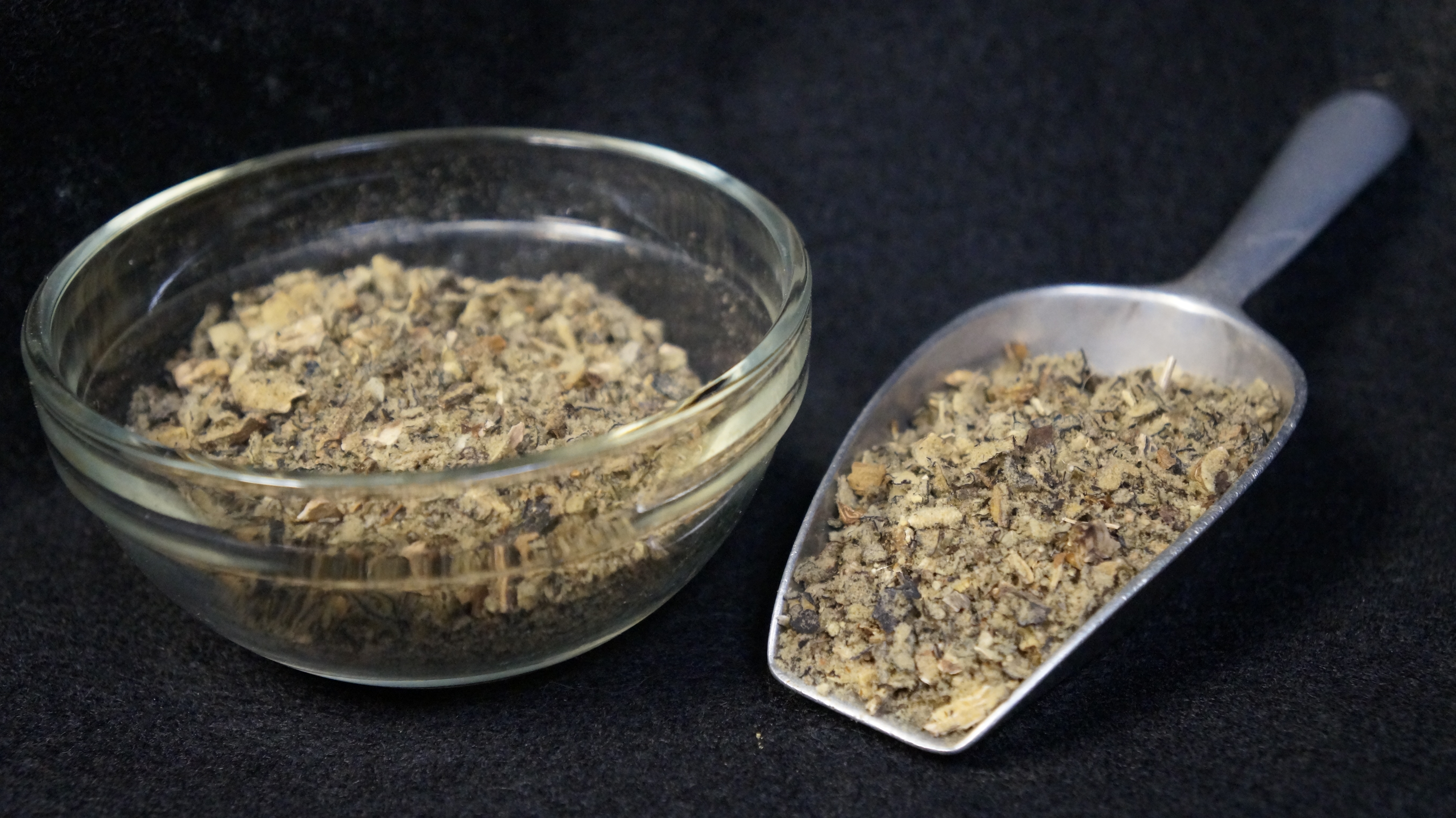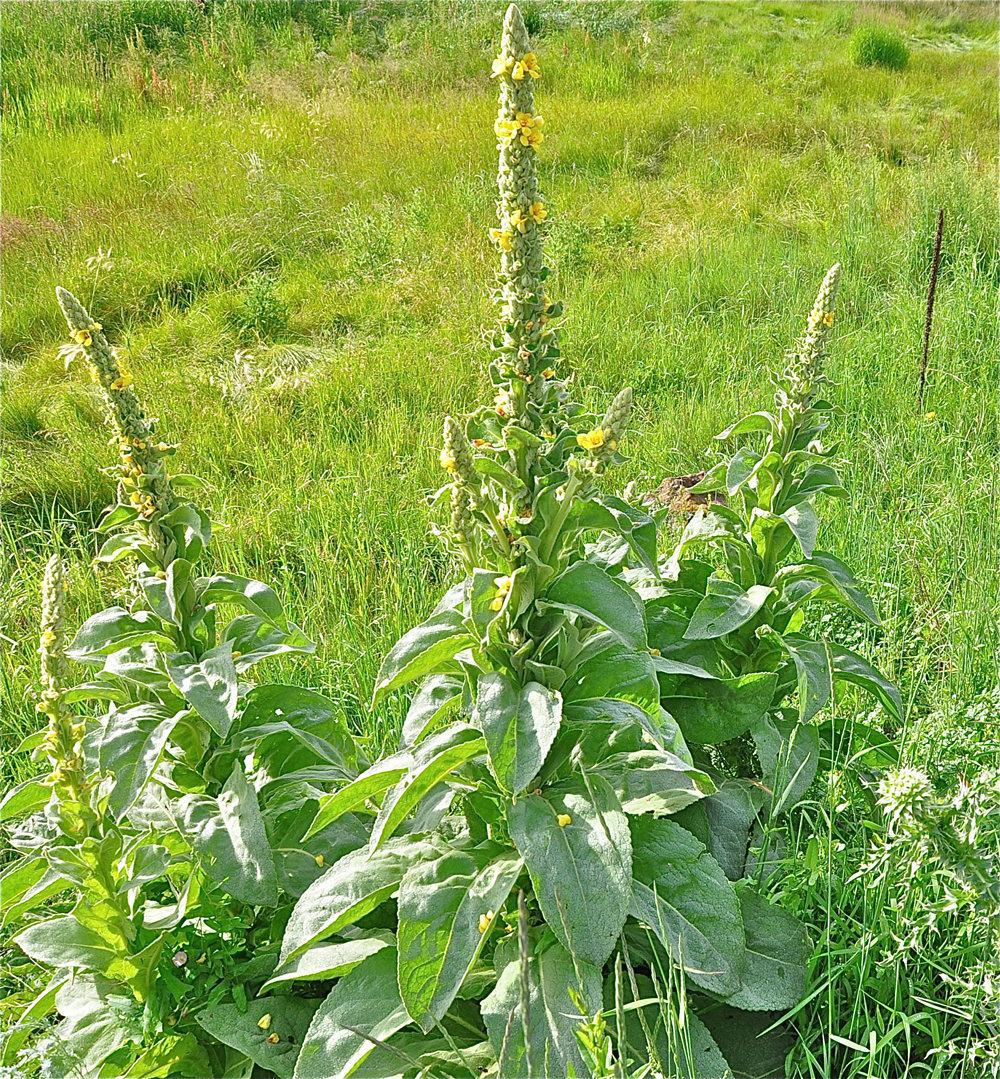
is named as Kharghwug (Murad et al., 2011), Ghordoughkaro (Hussain et al., 2007), Gidder Tambakoo (Qureshi et al., 2007), Tamakusak (Shinwari and Gilani, 2003), Khardhag (Sher, 2011), Jungle tambako and barbasco (Pullaiah, 2003). So many names indicate friendly, majestic, plain old and soft image of the plant in minds (Britton and Brown, 1898 Durant, 1976 Brickell and Zuk, 1997 Wagner et al., 1999). Common namesĪdam's flannel, Aaron's rod, Beggar's blanket, Beggar's stalk, Big taper, Blanket herb, Bullock's lungwort, Candlewick plant, Clot, Clown's lungwort, Common mullein, Cuddy's lungs, Duffle, Feltwort, Flannel mullein, Flannel plant, Flannel leaf, Fluffweed, Golden rod, Hare's beard, Hag's taper, Jacob's staff, Jupiter's staff, White mullein, Mullein dock, Old man's flannel, Our lady's flannel, Peter's staff, Rag paper, Shepherd's staff, Shepherd's clubs, Torches, Velvet dock, Velvet plant, Woollen and Wild ice leaf. Mullein the word is derived from the Latin mollis, or soft (Durant, 1976), which is synonymous to the present term woolen (Muenscher, 1935 Mitich, 1983).

The plant has yellow flowers are Roman ladies their hair dyed yellow (DeBray, 1978). "Thapsos" is Greek word representing the yellow flower of the plant (Wilhelm, 1974). There are various myths regarding the term Thapsus as it may have been derived from the Isle of Siclian Thapsos where mullein was gathered in ancient times (Muenscher, 1935) or from the Tunisian Island "Thapsus" (Jankowiak, 1976). The Verbascum is derived from Latin word meaning barbascum barba or beard (Jankowiak, 1976) referring to the plant's beardlike filaments (Wilhelm, 1974). thapsus, especially isolation of bioactive products and their practical use as patents. The information in the present work will serve as baseline date and may inspire new biomedical applications of V. Electronic search engines like Scifinder ® and Science Direct were used to search the isolated bioactive constituents and pharmacological activities exhibited by these compounds as well as by the crude extracts by using the search-terms common mullein, Verbascum thapsus, chemical constituents and pharmacological activities as keywords. The present work is a critical survey of research carried out on this important medicinal plant. The use of Verbascum thapsus increasing the medicines not only globally but in developing countries also in advanced countries (Turker and Camper, 2002) where the United States like dried leaves and flowers, capsules, alcohlic extracts and the flower oil of this plant can easily be found in health stores (Turker and Gurel, 2005).

is an important species of this genusand is found wild on stony ground, in wasteland, woodland, clearings and roadsides (Speranza et al., 2010). Verbascum is the largest genus of the family Scrophulariaceae, with about 2500 species (Tatli and Akdemir, 2006). There is increasing trend of investigating the pharmacological potential of the extracts, fractions and compounds isolated from plant species, the in vivo investigations of toxicity and biological activities of extracts or bioactives, the possible mechanisms of action involved, and the standardization and chemical characterization of the extracts.

The origin of majority of remedies, recipes and pharmaceuticals has been traced to medicinal plants.


 0 kommentar(er)
0 kommentar(er)
